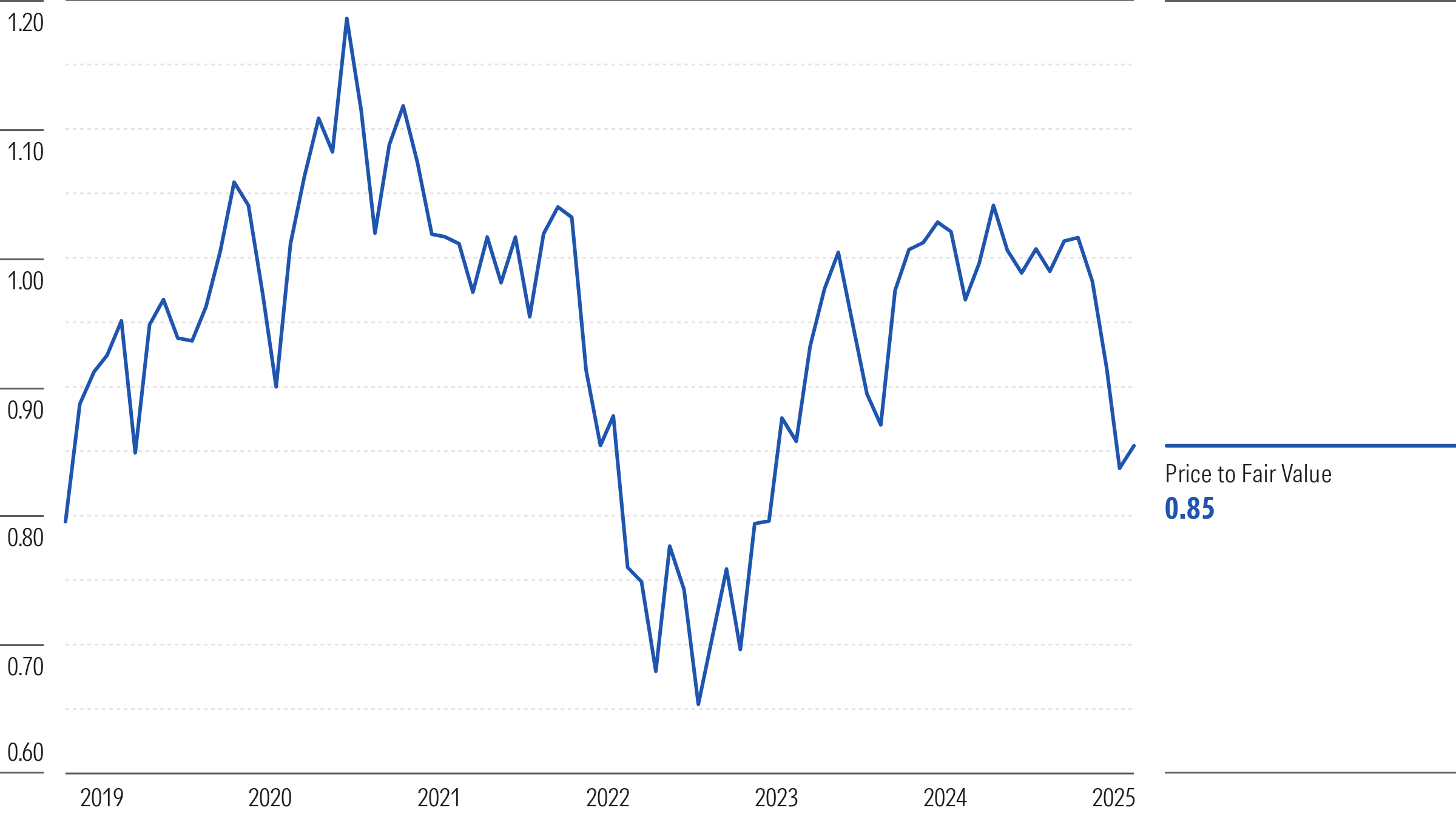Artificial intelligence has emerged as one of the most powerful and pervasive investment themes of the modern era. But investing in AI isn’t as simple as chasing the latest breakthrough or jumping into a hyped fund. Successful thematic investing requires thoughtful evaluation—of the theme itself, the investment vehicle, and the fund’s execution strategy.
To help financial advisors better assess which funds are the best fit for clients, our 2025 Investing in Artificial Intelligence Funds report shares a practical framework for evaluation—breaking down the investment into three key components.
1. Evaluating the Theme
The first step in assessing a thematic fund is evaluating whether the underlying theme is well-defined, investable, and durable.
Clarity and Investability
AI is clearly investable, with most funds in this space concentrating on large-cap, highly liquid companies. Our holdings frequency analysis shows a strong consensus on core holdings across AI and big data funds. This is important, as it indicates that investors generally agree on what constitutes AI exposure—typically including chip manufacturers and software firms.
Performance and Responsiveness
The Morningstar Global Artificial Intelligence + Big Data Consensus Index—a proxy for the theme—has behaved in line with expectations. It surged after the launch of ChatGPT 3.5 in late 2022 and responded to geopolitical shocks like US export restrictions on AI chips in early 2025. These reactions confirm that the theme reflects real and distinct risk/return drivers.
Durability and Growth Potential
AI has been an investable theme via funds since at least 2015, making it one of the more mature technology narratives. Its use cases—ranging from customer service automation to drug discovery—are expanding rapidly. But the theme isn’t without obstacles.
Inhibitors to Growth
Two major headwinds could slow AI’s momentum:
- Energy Consumption: The computing demands of AI are enormous and growing, straining existing power infrastructure and raising sustainability concerns.
- Regulation: Geopolitical tensions and regulatory actions—such as export restrictions on chips or emerging AI usage laws—could limit global scalability and increase compliance costs.
2. Assessing the Investment Vehicle
Once the theme is validated, the next step is selecting the right vehicle. While buying individual stocks can offer precision, thematic funds offer important benefits.
Why Choose a Fund?
- Stock-specific risk diversification: They reduce stock-specific risk. For instance, Tesla’s TSLA decline in early 2025 due to Elon Musk’s political activity highlights the downside of concentrated bets.
- Exposure to the value chain: Funds can target high-potential segments within the theme, from AI infrastructure to applications.
- Winner-take-all dynamics: In technology themes driven by scale—such as AI and big data—we often see winner-take-all outcomes. By investing in a basket of thematic stocks, investors can ensure exposure to any potential “shooting stars.”
Portfolio Impacts
Two major US funds focused on the AI and big data theme illustrate the diversity in approaches.
Global X Artificial Intelligence & Technology ETF AIQ
This is the oldest and largest US-domiciled AI ETF, following a rules-based index. It allocates across software (for example, natural language processing, AI-as-a-service) and hardware (for example, chips, quantum computing).
- Selection: Uses a proprietary scoring system to assess thematic relevance.
- Weighting: Applies caps (3% maximum per stock) to avoid overconcentration.
- Stability: Rebalances annually, favoring structured implementation over rapid responsiveness.
- Limitations: The indexed approach means the strategy is slow to incorporate changes in the market, important IPOs, and so on. Despite being indexed, the selection methodology is not fully transparent, and fees are higher than many more vanilla indexed ETFs.
Roundhill Generative AI & Technology ETF CHAT
This newer, actively managed fund targets companies focused on generative AI.
- Focus: High conviction, fewer holdings (often less than 40), and concentrated sector exposure.
- Flexibility: Can quickly pivot to new opportunities—like its early investment in CoreWeave, a cloud infrastructure firm that went public in 2025. However, poor timing decisions on investments such as SoundhoundAI SOUN and SenseTime Group have weighed heavily on returns, highlighting how flexibility can work against the fund, too.
- Challenges: Higher portfolio turnover, greater reliance on manager skill, and higher monitoring demands for investors.
- Differentiation: Excludes well-known names like Tesla and Netflix NFLX because of limited generative AI exposure, and maintains a 25% allocation to the Magnificent Seven (compared with 20% in Global X).
Each fund has its own strengths. Global X offers broader, more stable exposure, while Roundhill aims for a higher conviction full active strategy—which places a higher emphasis on manager skill and therefore warrants even more rigorous due diligence before investing.
3. Implementing Thematic Funds Wisely
Even a well-designed fund can disappoint if misused. Proper implementation is critical.
Portfolio Fit
AI and big data funds are typically highly volatile and sit in the high-growth quadrant of the Morningstar Style Box. They’re best deployed as tactical or satellite allocations—not as core holdings.
- Overlap Risks: Many AI funds have exposure to the Magnificent Seven, already widely held in most portfolios. This concentration risk should be monitored.
- Growth Bias: AI funds often exhibit high beta, amplifying broader market swings.
Timing and Behavior
Investors frequently mistime thematic entries, buying during hype and selling during drawdowns. Given their volatility, AI funds are best approached with a long-term, buy-and-hold mindset.
Valuation Awareness
Chasing themes without regard for valuation can lead to underperformance. Using price/fair value metrics may help pick entry points that will give longer-term investors the best chance of success. For instance, investors who bought into AI funds in September 2022—when valuations were lowest—benefited from the subsequent ChatGPT-fueled rally. However, valuation alone isn’t a silver bullet, as sentiment and narrative often drive short-term flows.

Identify the Right AI Funds for Clients
A winning thematic investment entails selecting the right investment, exposed to the right theme, and deploying it sensibly. By knowing how to efficiently assess US AI funds and beyond, financial advisors can find investment opportunities and deliver value to clients.
